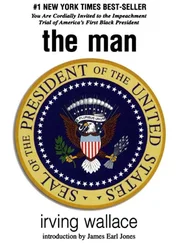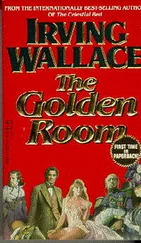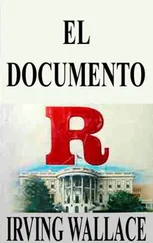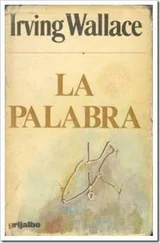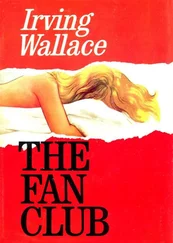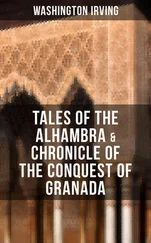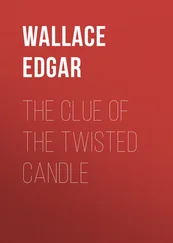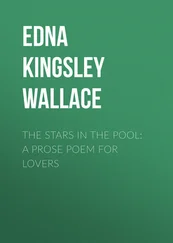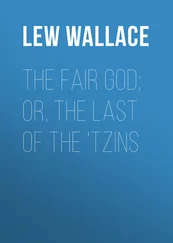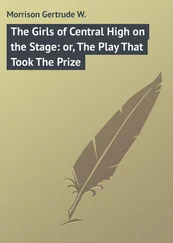Stratman paused, allowing the interviewers time to absorb and record his remarks. When the heads began to look up, he went on.
‘Many men tried to enslave the sun power, and to small degrees, some succeeded. In 1864, a French physicist, Professor Augustin Mouchot, constructed a power boiler that was heated to run by sunrays instead of coal. The sun was funnelled through a truncated cone to the boiler, and it developed steam for use in irrigation. In 1870, a Swedish-American, John Ericsson, who had built the Monitor to fight the Merrimac , constructed a solar plant of mirrors, but the expense became prohibitive for the horsepower generated, and Ericsson quit. Persistent men, some dreamers, some practical, took up the work. The list is too long to recite-Eneas in 1901, Shuman in 1907, and since the First World War, Dr. C. G. Abbot, and a hundred more, with their parabolic mirrors and flat-plate collectors.
‘The major problem was always the same-it was intermittence of supply. By that I mean, the sun shone only in the day, and then not every day at that. How could one depend on such erratic power? The solution, of course, was not to depend directly on each new day of sunlight, but to collect the light, convert it into energy, returning more than thirty per cent efficiency, and then store the energy away for use whenever needed. But how to store solar energy? It would take me many hours to relate all the methods that have been tried. Men worked with thermocouples, and with photo-electric cells, and chemical cells. All of these were successful, but efficiency was far too low. Of one hundred per cent sunlight, only ten per cent could be saved and used. The pioneer work was dramatic, challenging, and I could not resist it. I entered the field. I concentrated on the means by which green leaves-plant organisms-flora-store carbohydrates. I wondered if the same process of nature could be simulated mechanically and in closed vessels. By chance, I was fortunate. I was able to improve the known methods of collecting and converting solar energy, both nature’s and man’s methods. More difficult and more important, I was able to find the means to store successfully and cheaply this energy for use when needed. My government colleagues assisted me in applying my findings to manufacturing solid fuels for heavy rocket propulsion.’
A hand shot up. It belonged to the representative of Berliner Morgenpost . ‘Professor Stratman, do you intend to continue to work in the field?’
‘Definitely. We have not even scratched the surface.’
‘What more can be done?’ asked the journalist from Jerusalem Post .
‘Infinite possibilities. We want to learn how to run factories with solar energy, and give inexpensive power and heat to homes through cheap roof collectors and individual power suppliers. We want to irrigate deserts with it, and illuminate entire cities by night. There is no end, and it all lies ahead. We are at the primitive beginning.’
The reporter from the Oslo Aftenposten made himself heard. ‘Does Soviet Russia have a similar invention?’
Stratman shook his head. ‘No comment.’ Then he added quickly, ‘Of course, they have been in the solar energy field since 1933. It is known that they built a power plant in the Uzbeck Soviet Republic. Today, they have a Russian Solar Power Institute. They have made great advances all along the line. As to their possessing what is now in our possession-of this I cannot speak further.’ He scanned the room. ‘I prefer not to discuss national policies. I will be co-operative in answering all general questions about science-or myself.’
‘Herr Professor.’ It was the Stockholm Expressen journalist. ‘You were at the Kaiser Wilhelm Institute in Berlin throughout the Second World War, were you not?’
‘That is true.’
‘Why did you not leave Germany?’
‘I could not. I am a Jew.’
‘We all met Dr. Fritz Lipmann, the biochemist, when he came here to receive the Nobel Prize in medicine during 1953. He was at the Kaiser Wilhelm Institute, and he also was a Jew. He got out to Copenhagen, and later to Boston. He did not work for Hitler. It is a matter of curiosity to many of us why so many of you Jewish scientists stayed behind.’
Stratman sat very quietly. He was tempted to say to the Swedish journalist: So many of my American colleagues fought Hitler, why not you? But it was foolish. The man was a journalist. He wanted a story. You provoked, and this way, you obtained a story. ‘I do not know Dr. Lipmann’s circumstances at the time,’ said Stratman slowly. ‘I know my own. Those dearest to me were in concentration camps. As long as I co-operated, they were kept alive. That is all I wish to say on that subject.’
A new voice, rather loud from the rear row, was heard. It was the Tass Agency man speaking. ‘Is it not true, Professor, that you were kidnapped by the Americans in Berlin, and taken to the United States at gunpoint?’
‘It is not true,’ said Stratman forcefully. ‘What is true is that I had been coerced into working for one totalitarian state, and I did not wish to be coerced into working for another. I went with the Americans voluntarily, and I have never been sorry.’
He wondered if they would publish that statement in Pravda or lzvestia . His heart hammered with old resentments. Control, he told himself, control. He must remember Dr. Ilman. He must think of Emily. He thought of Emily, and waited for the next question.
With an air both curious and troubled, Count Bertil Jacobsson stood inside the door of the confined reading-room and watched and listened to the third press conference taking place, now half over.
After eight minutes in the room, what bothered Jacobsson was this: if an innocent bystander had stood in his place, and seen what he had seen, he would surely have believed that only one person had won the Nobel Prize in physiology and medicine, and not two, and he would have been convinced that one laureate was being interviewed, instead of a pair.
The group of journalists in the room, a smaller group than those in the previous two sections of the hall because both winners had already been so widely publicized for their dramatic discovery, had been aiming almost all of their questions at Dr. Carlo Farelli, of Rome, while Dr. John Garrett, of Pasadena, California, sat beside him like an inanimate piece of sculpture that needed the dustcloth.
Jacobsson asked himself why this was so, but the question was purely rhetorical. Dr. Farelli’s presence, as he leaned forward from the sofa, intimately addressing his audience, made the answer obvious. He was an attractive, dynamic human being. Dr. Farelli was a large man, not in height, but in width of face, and neck, and shoulders, and chest, and in the breadth of his gestures. Dr. Farelli conveyed the confidence of raw power. From some depth of academic memory, Jacobsson resurrected an image of the twenty-seventh Emperor of Rome, Maximinus I (A.D. 235-238), a giant of eight feet who was half Goth, half Alan, a giant who wore his wife’s bracelet on his thumb as a ring and consumed forty pounds of meat and ten gallons of wine daily. The comparison was inaccurate, even absurd, but it came to mind, nevertheless.
Spoken in a resounding basso, Dr. Farelli’s phrases seemed to be slung at his cowed listeners as if thrown by a catapult. His damp, black locks hung over his forehead, shaking as his head moved. His dark eyes sparked, his hook nose quivered, his white teeth gleamed, and his protruding jaw dared all disbelief. Beside him, as unremarkable as a slight blemish, sliding lower and lower into the sofa as if sinking into a quicksand patch of inadequacy, was Dr. John Garrett, brown hair and rimless spectacles and lack-lustre countenance slowly fading into the wan beige of the sofa, until both were one, and Farelli seemed quite alone.
Читать дальше

